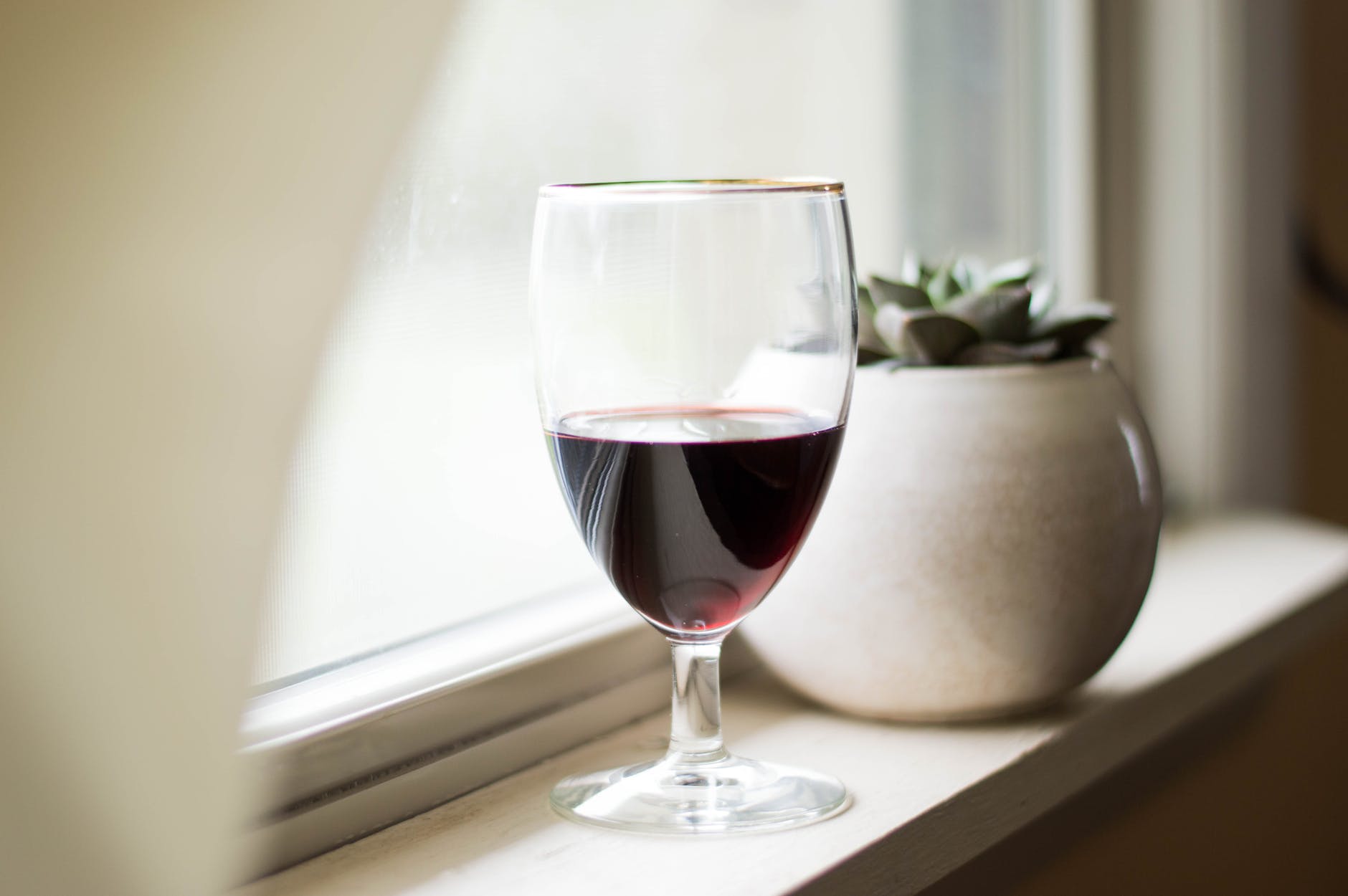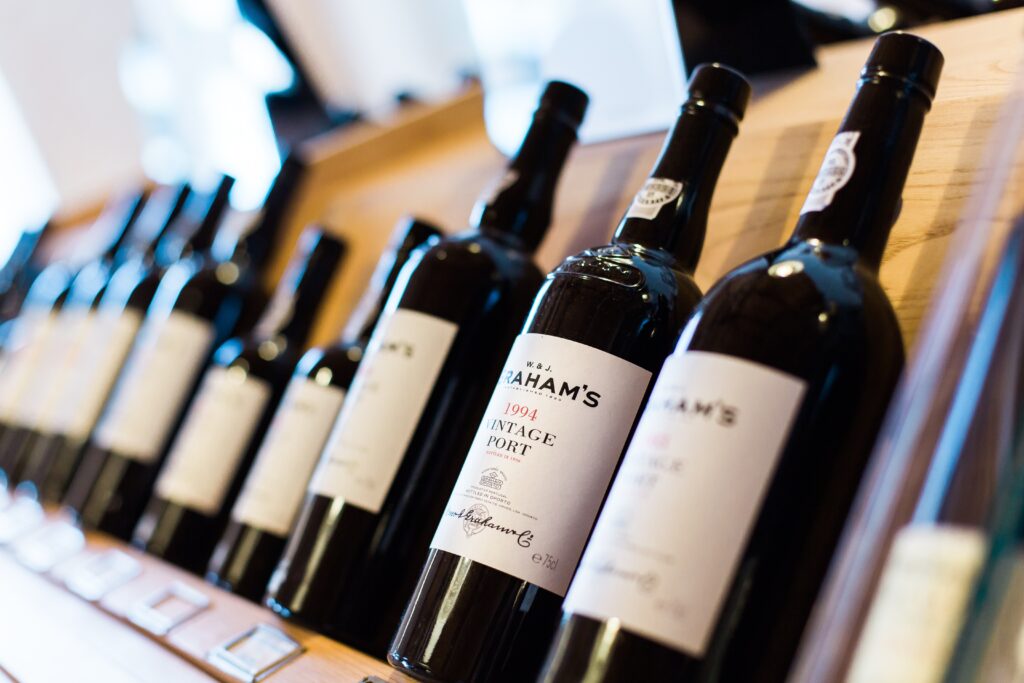Today we’re checking out the wonderful world of Portuguese red wines!

Whether you know a lot or a little about wine, you have probably heard of at least one wine from Portugal — Port. Port has been referred to as “one of the greatest wines of the world,” partly due to its rich history and wholly unique flavor profile.
Now, Port certainly isn’t the only wine worth knowing about. Madeira has been around for centuries, while Portuguese table wines are only recently popping up on modern restaurants’ wine lists.
Overall, Portugal’s wine region is steeped in tradition, allowing this historic region to grow some of the most unique and obscure red wines in the world.
A Quick Word on Labeling
One of the fun things about wine is how every region has its own quirks and legal terms when it comes to labeling wines. It can be tedious but understanding what a wine label means can greatly help you make successful choices in what you drink.
In Europe, labeling is quality and region-driven, as opposed to the New World, where the label corresponds to the type of grapes used.
Here are 3 labeling terms you should know for Portuguese wines:
DOC (DOP): Defined boundaries with very strict rules on making wine. Rules can include aging requirements, vine yield requirements, blending percentages, etc.
IGP: Vinho Regional, less strict rules and broader boundaries.
Vinho: “Wine” this is Portuguese table wine.
Just because a wine doesn’t have a DOC doesn’t make it a bad wine. In fact, I would argue there are a lot of hidden gems buried under lesser specific labels.
Regions of Portugal
Douro Valley
The Douro Valley is Portugal’s most infamous wine region and is known primarily for Port. This region is one of the few wine-growing regions that also happens to be a UNESCO World Heritage site.
Despite this region’s acclaim for making spectacular Ports, there are a growing number of delicious red table wines coming from the very same winemakers. Table wines made here are structured, rich, and complex. Imagine the meticulous quality of Port with none of the sweetness.
Bairrada
Known for the Baga grape, said grape must constitute at least 50% of any wine made here. Today, the region is shifting and developing a reputation for light and aromatic red wines, as well as sparkling rosé.
Alentejo
Portugal’s biggest wine region and also the producer of more than half of the world’s cork supply! When it comes to wine, this region is known for making red table wines with flavors of red plum, spice, and peppery notes. Wines here were traditionally made in earthenware amphora, and many winemakers honor this tradition today.
Dão
Table wines here are made in a lighter style than in the Douro Valley, but they have wonderful aging potential, given the high tannin and acidity. Red table wines here range from medium to full-bodied, with red raspberry, black cherry, and chocolate flavor notes.
Wines to Know
Port
Known as a fortified dessert wine, this complex diva can be made in several different ways. The grapes used to make Port vary, with most being obscure and local varieties. These grapes are then blended together and aged in large oak casks. Aging can take place anywhere from 2–30 years.
To make Port as we know it, the grapes are only allowed to ferment for half the time of a normal wine. The fermentation stops once clear brandy is poured into the wine. This impact of high alcohol immediately kills the yeast, thus leaving us with a still-sweet wine that’s highly alcoholic.

Here’s a quick breakdown of the different styles of Ports:
Aged Tawny Port- Blends of several years aged for long periods in barrel. These will be lighter in color and rich in buttery, nutty, crème brûlée flavors. Expect to see Tawny Ports labeled based on how long they were aged, either 10, 20, 30, or 40 years.
Reserve Port– Good quality with some aging over a number of years. Affordable and good for everyday drinking.
Late Bottle Vintage (LBV)- Moderately priced ports made every year, thus from a single “vintage.” You’ll typically find these listed on a good restaurant’s wine list.
Vintage Port- Only 3 percent of Ports are made in this style. When producers deem a single year as having perfect growing conditions, they will “declare” a vintage. These wines are made by Douro’s top producers.
Port Drinking Tips
- The only Ports that need to be decanted are those that have acquired sediment in the bottle. These include Vintage Port and LBV Port.
- Tawny Port will last 1-6 months after being opened. LBV will last 1 week- 1 month. Vintage Port will last 1 day-2 weeks.
- Port with chocolate is wonderful – but Port with blue cheese is even better!
Madeira
Madeira is another dessert wine made exclusively in Portugal, though it couldn’t be further removed from Port wine. Madeira is a fortified, maderized (warmed up), and oxidized wine made within a collection of volcanic islands off the coast of Portugal.
As counterintuitive as it may sound, the popularity of this wine is what helped shape it into the wine it is today. Allow me to explain…
Due to the demand for this caramel and buttery wine, it had to be transported across the world via ship. The intense heat in the ship would inevitably cause the wine to spoil. To solve this problem, winemakers would add brandy to the wine. This both protects the wine from spoilage, as well as enhanced the flavor.
Today, Madeira is fortified, much like a Port. It is also slowly warmed up (maderized) to replicate the heat from its being transported by ship for hundreds of years. Turns out, people liked the flavor from weeks spent baking in a hot ship!
After being maderized, Madeira is then aged and oxidized. Madeira is primarily made with red grapes, though at least one type of white grape will be used in production.

Here are the main styles of Madeira:
Sercial: The driest variety. Tangy, elegant, and sometimes savory.
Verdelho: Medium-dry and more full-bodied than sercial.
Terrantes & Bual: Both are rare due to the challenge for these types of grapes to grow.
Malmsey: Sweetest and richest style. Grown in the warmest vineyards.
Madeira Drinking Tips:
- The drier the style, the cooler temperature it can be served at.
- An open bottle of any style of Madeira will last nearly forever. After all, they’ve tormented the poor thing!
Table Wines
Portugal is home to more than 250 grape varieties, with table blends composed of endless combinations of said grapes. Often, winemakers will choose to grow these grapes together, thereby “making the blend in the vineyard.”
Here are some of the most well-known varietals used:
Alfrocheiro Preto, Bastardo, Jaén: Found in the Dão region. These grapes add spice and acidity.
Aragonez: Another name for Tempranillo, a star grape in the Alentejo region.
Baga: Essential to the Bairrada region. Baga means “berry.” These wines are tannic and acidic, with great aging potential.
Tinta Barroca, Touriga Franca, Tinta Roriz, Tinto Cão & Touriga Nacional: Well-established grapes blended in Port and table wines.
Top Producers
Quinta de la Rosa
Located right along the steep hillside of the Douro River, this scenic winery produces spectacular Port and table wines. All grapes are harvested by hand, meaning the growers can take special care to only pick the ripest grapes.
Herdade do Esporão
This winery is located within the Alentejo’s montado system (cork oak forests) and practices organic methods of growing. This winery also makes wine in the Douro Valley and in Vihno Verde, a region known for making exceptional easy-drinking white wines.
Chryseia
This winery is the combined efforts of Quinta de Roriz and Quinta da Perdiz, both located in the Douro Valley. This winery takes advantage of the two different microclimates in each vineyard and produces exceptional Ports and table wines.

